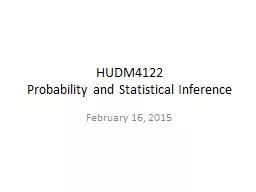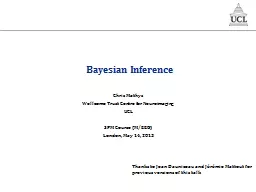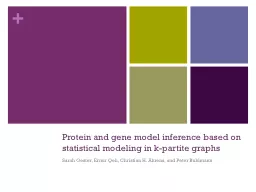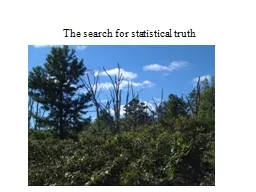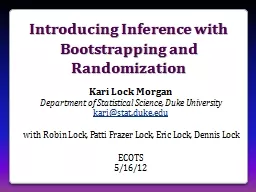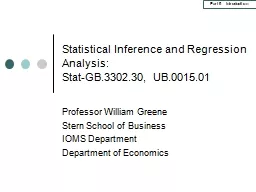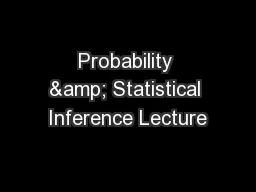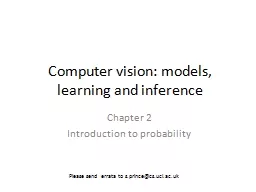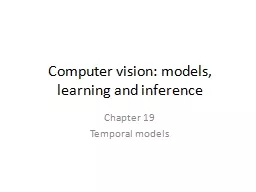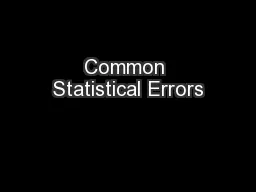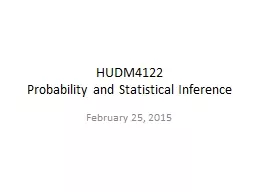PPT-HUDM4122 Probability and Statistical Inference
Author : debby-jeon | Published Date : 2018-12-09
February 16 2015 In the last class We started Ch 44 in Mendenhall Beaver amp Beaver Today Ch 4446 in Mendenhall Beaver amp Beaver Today Sampling without Replacement
Presentation Embed Code
Download Presentation
Download Presentation The PPT/PDF document "HUDM4122 Probability and Statistical Inf..." is the property of its rightful owner. Permission is granted to download and print the materials on this website for personal, non-commercial use only, and to display it on your personal computer provided you do not modify the materials and that you retain all copyright notices contained in the materials. By downloading content from our website, you accept the terms of this agreement.
HUDM4122 Probability and Statistical Inference: Transcript
Download Rules Of Document
"HUDM4122 Probability and Statistical Inference"The content belongs to its owner. You may download and print it for personal use, without modification, and keep all copyright notices. By downloading, you agree to these terms.
Related Documents

